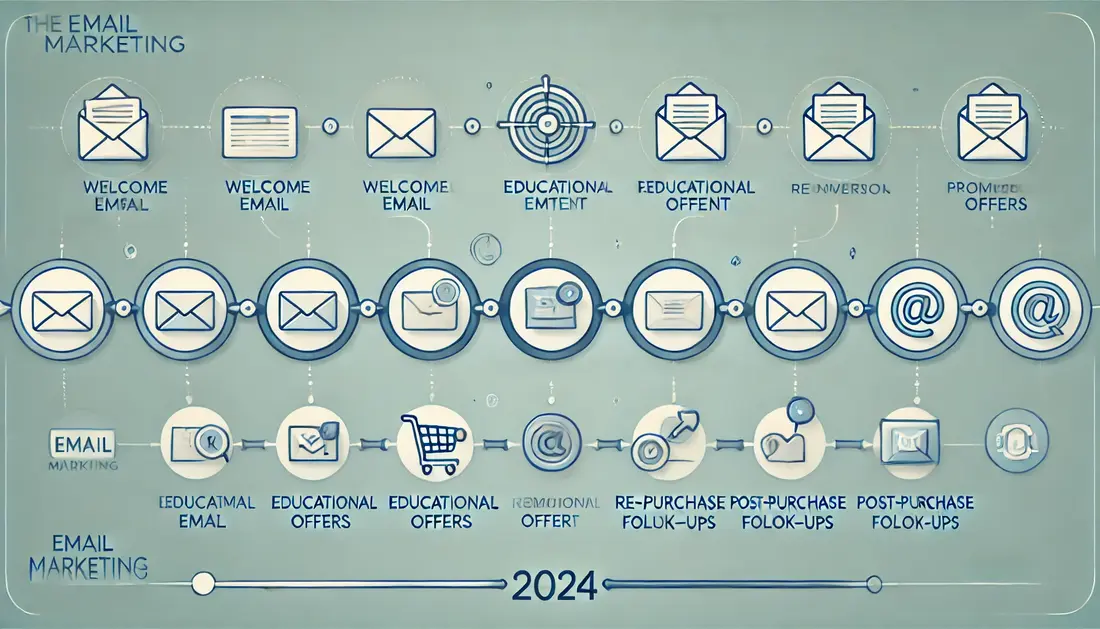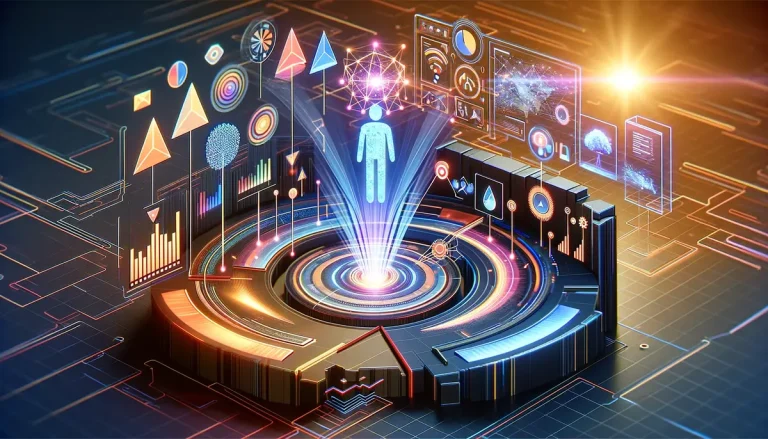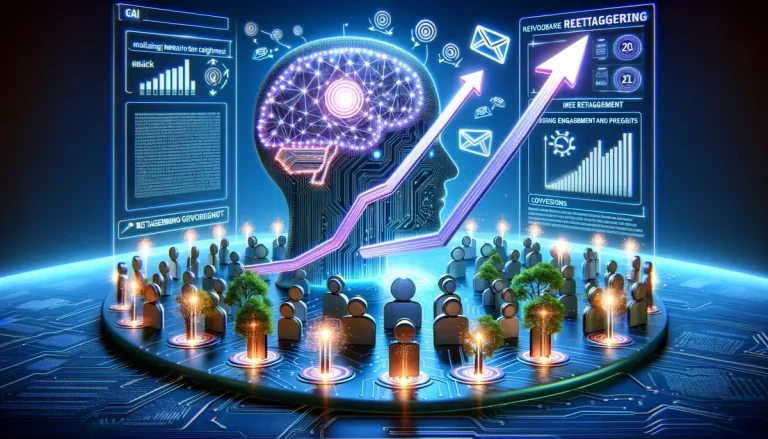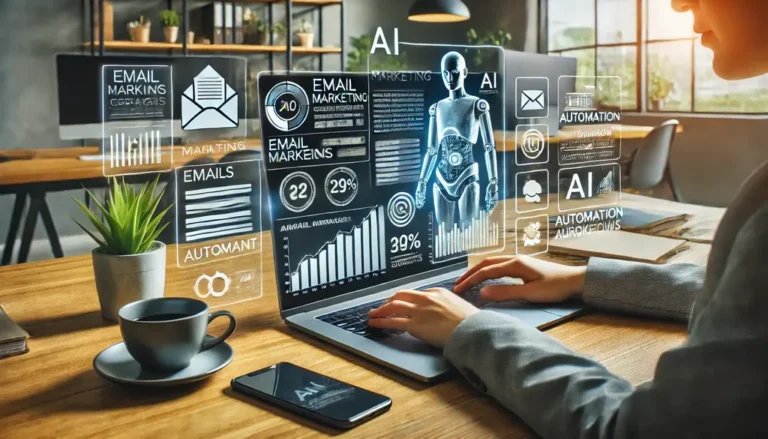We’ve all had email around for ages, right? It’s been that steady workhorse of the internet for so long, and sometimes you might wonder if it’s still as important as all the newer, shinier ways to connect with people online. Well, here’s the thing: email isn’t just hanging in there. It’s undergoing some significant changes. It’s evolving and quickly.
Gone are the days when email was just about sending out a generic message to a big list. It’s becoming smarter, more personal, and increasingly connected to everything else a business does online. If you’re running a small business, managing marketing for a team, or simply curious about what’s next in digital communication, understanding these shifts is crucial.
This article will guide you through the future of email marketing, exploring the major trends and emerging strategies that are currently taking shape. It’s about getting prepared, not caught off guard.
The Rise of Personalization and AI
Consider receiving an email that’s just for you. Not just your name, but it feels like it truly understands what you like, what you’ve looked at, or even what you might need next. That feeling of an email being tailor-made for you is what we call hyper-personalization, and it’s becoming a significant part of the future of email marketing.
How does that even happen? A lot of it comes down to Artificial Intelligence or AI. Now, don’t picture robots writing your emails. Instead, think of AI as a really smart helper that looks at how people shop, what pages they visit on a website, or what they’ve bought before. Based on all that, it helps businesses figure out what content is useful for you. For example, if you have just bought a coffee maker, an AI-powered email might suggest coffee beans or a special cleaner for your new machine instead of a general discount code for everything in the store.
This also means dynamic content, where different parts of an email can change depending on who is opening it. One person might see an ad for running shoes, while someone else sees one for camping gear, even though they are based on the same basic email design. We’re moving past “Hey [Name], buy now!” to something more like, “Since you enjoyed your recent [previous purchase], you might find [related product] useful.” In practice, this makes emails feel much more relevant and less like generic noise.
Interactive Experiences
Have you ever opened an email and thought, “I wish I could just click here and do something right inside this email”? Well, that’s where things are headed. The future of email marketing involves interactive emails – messages that allow you to take action without leaving your inbox and navigating to a website.
These emails may prompt you to take a quick quiz, answer a poll, or complete a short form directly. This makes interacting with a brand feel much smoother and more engaging. Picture a clothing store sending an email where you can click on different color options for a shirt and see the shirt change colors in the email itself. Or a local restaurant sending an email with a quick poll asking what kind of special they should run next week.
These kinds of interactions do more than entertain; they help businesses learn more about what their customers want, all while making the email experience more interesting. Newer technologies, such as AMP for Email, are making these “mini-app” experiences possible, really pushing the boundaries of what an email can do.
Privacy and Building Trust
As more information about us becomes available, people are naturally becoming more concerned about their privacy. This means businesses have a growing responsibility to be clear and careful about how they use customer data. We’ve already seen stricter rules regarding data protection emerge around the world, and this trend is likely to continue.
In the years to come, truly earning and maintaining a customer’s trust will be non-negotiable for email marketers. This means being upfront about what information you collect and exactly how it’s used. No more tiny prints or confusing language. Businesses will need to demonstrate genuine respect for customer privacy by collecting only the data that’s truly necessary and using it in ways that benefit the customer.
There’s a noticeable shift happening, moving towards what’s called first-party data (the information a company collects directly from you, such as your purchase history) and zero-party data (the information you willingly share, like your favorite hobbies or preferences for email content).
For example, a brand might send an email directly asking you about your favorite clothing styles, rather than just guessing based on past purchases. This approach can foster stronger relationships because it demonstrates that the business values your input and respects your personal choices.
Connecting All Your Marketing
Think about all the different ways a business talks to you online: through social media posts, text messages, their website, and maybe even an app on your phone. In the future, email won’t exist in isolation. It’s going to become a central piece that ties all these different conversations together. This idea is called omnichannel integration.
Email will act like a helpful guide, smoothly leading customers from one part of a business’s online world to another. For instance, if you add something to your shopping cart on a website but don’t complete the purchase, you may first receive an email reminder. If that doesn’t prompt you, maybe a follow-up text message will come next.
Email will be vital for creating these unified customer journeys, ensuring that your experience with a brand feels connected and consistent, regardless of the channel you’re using. The goal is to make it easy for customers to engage and achieve their objectives.
Sustainability in Email Marketing
Although emails are digital, sending and storing billions of them consume a significant amount of energy. As we all become more aware of our impact on the planet, businesses are also starting to consider sustainability in their email marketing efforts.
What does this mean for marketers? It could mean focusing on sending fewer emails but making each one count more. Instead of sending daily emails, a business might opt for a single, well-thought-out weekly email that offers more value and impact. It also means paying attention to how emails are designed, making them “lighter” with smaller file sizes. Just as choosing an energy-efficient appliance can help reduce the energy needed to operate it, optimizing email designs can also help reduce the energy required to send and display them.
You might even see companies include a little note in their emails about their commitment to greener practices, perhaps mentioning how they’re optimizing their email campaigns to reduce their digital footprint. It’s a way of showing care for the environment and often resonates with customers who share those values.
Beyond Basic Automated Messages
Most of us are familiar with basic automated emails, such as the welcome email you receive immediately after signing up for a newsletter. But the future of email marketing is going to take automation much, much further.
We’re talking about setting up email sequences that are triggered by specific and complex customer actions. For example, an email might be sent not just when someone makes a purchase but also if they spend a certain amount of time viewing a product page without adding it to their cart. This type of advanced setup enables incredibly personalized customer journeys that feel natural and timely, almost as if the business is anticipating your needs.
This smarter automation also frees up marketers to focus on more strategic tasks. When routine tasks are handled by technology, team members have more time to focus on bigger-picture strategies, such as understanding what customers truly want or devising even more creative campaigns. It’s about letting technology do the heavy lifting so that people can focus on thinking and innovation.
Accessibility in Marketing
Making emails accessible means designing them so that everyone can easily read and understand them, including people with disabilities. This is a crucial step toward building an inclusive future for email marketing.
Simple changes can make a big difference. This includes using clear, easy-to-read fonts and ensuring a strong contrast between the text and the background colors. It also means remembering to add alt text for images. Alt text is a short description of an image that screen readers can “read” aloud to visually impaired people, helping them understand what the picture is showing.
For example, instead of just an image of a new product, the alt text might say, “Close-up of new waterproof hiking boots in forest green.” By making emails accessible, businesses demonstrate that they value and care about reaching all their customers, ultimately creating a better experience for everyone.
Wrapping Up
Therefore, it’s clear that the future of email marketing is dynamic and full of exciting possibilities. Email is evolving, becoming much more sophisticated than we’ve seen before. We’ve discussed how factors such as personalization, interactive experiences, privacy, integration with other marketing channels, sustainability, smarter automation, and accessibility will shape the landscape.
To truly thrive in this evolving environment, marketers must begin considering these shifts now. Begin by considering how you can make your emails more relevant and genuinely helpful for each person. Explore ways to make your emails more engaging and user-friendly for everyone.
By focusing on delivering real value and building strong, trusting relationships with your audience, you’ll be in a fantastic position for the next chapter of email marketing. The core goal remains the same – connecting with customers in meaningful ways – but the tools and strategies to achieve that are becoming increasingly powerful by the day.
If you’re new to email marketing, you also must read this blog: How to Choose the Best Email Marketing Service in 2025.
FAQs
What’s the biggest upcoming change in email marketing?
The biggest shift is toward hyper-personalization, where emails are intensely tailored to each person’s unique interests and past actions, often powered by smart AI.
How do those interactive emails help?
Interactive emails enable you to perform actions directly within the message, such as answering polls or taking quizzes. This makes the email more fun and engaging and helps businesses learn more about what you like.
Why is privacy suddenly such a big deal for emails?
Data privacy is critical because people care more about their information, and new regulations are in place. Businesses need to be open about how they use your data to build and keep your trust.
What does it mean for email to be “omnichannel”?
Omnichannel integration means email won’t work alone. It’ll connect smoothly with other ways a business communicates with you, such as social media or text messages, creating a seamless journey for you as a customer.
Can email marketing be more environmentally friendly?
Yes! Sustainable email marketing means sending fewer, more effective emails and designing them to be smaller in size. This helps reduce the energy used to send and store all those messages.








